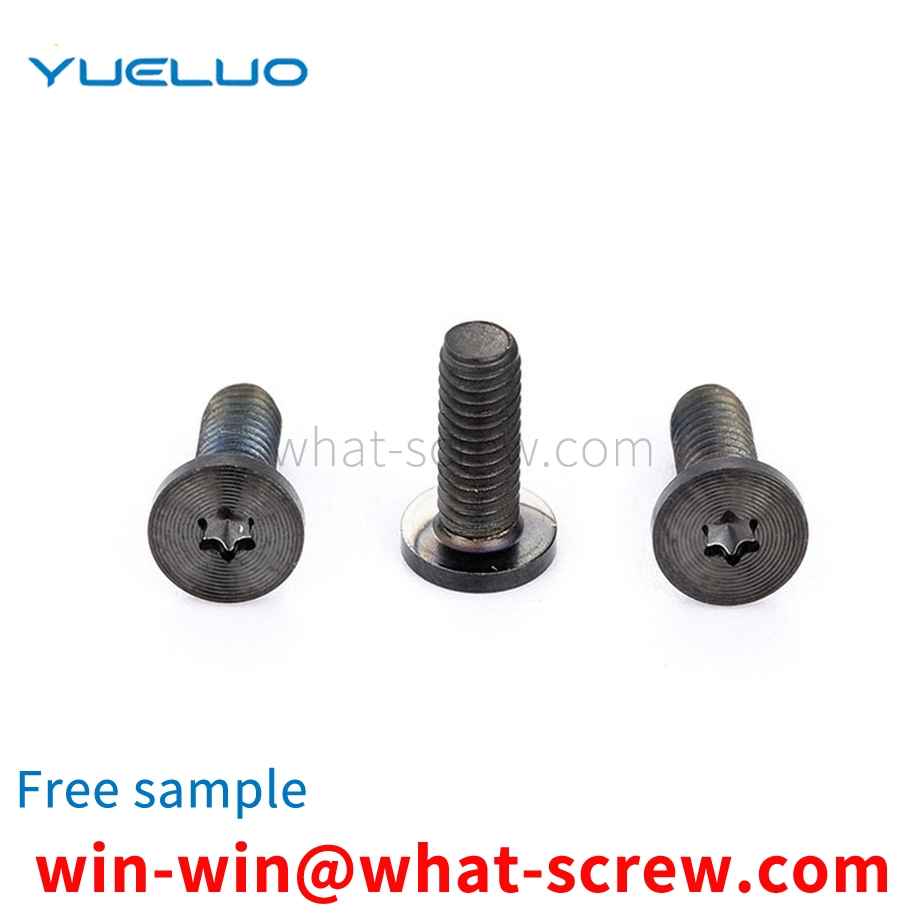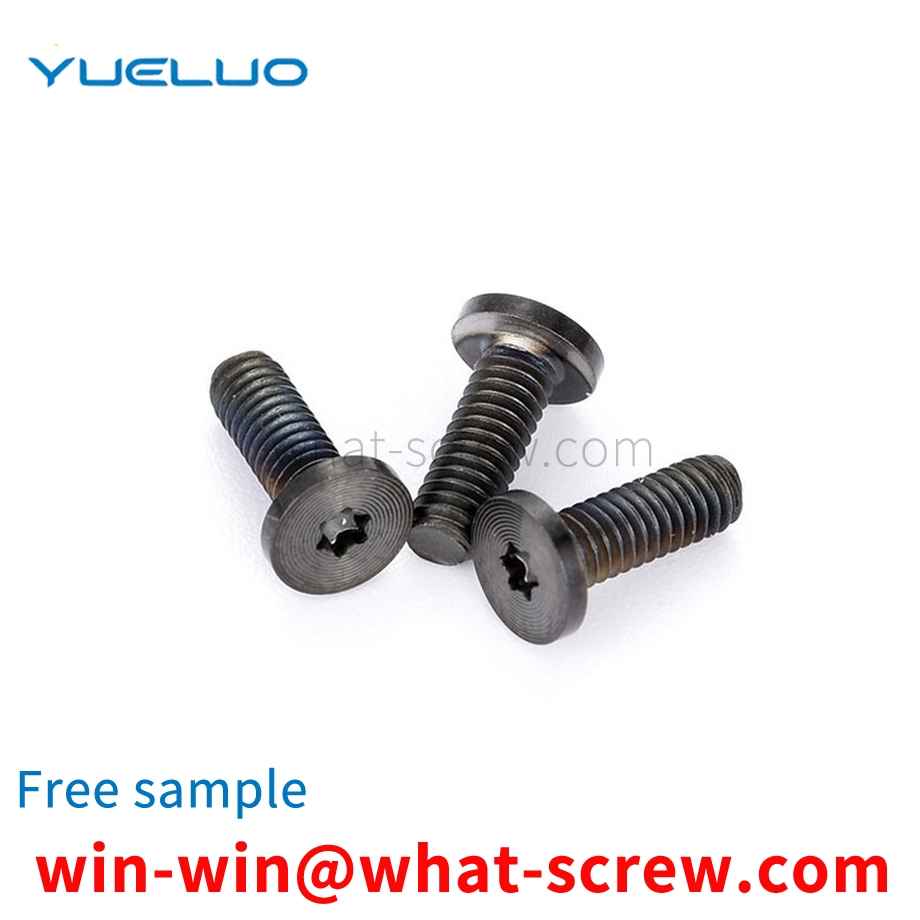Locating pins are widely used in mechanical equipment and automated assembly lines. There are many types of locating pins, including fixed locating pins, replaceable locating pins, tapered locating pins, edged locating pins, standard diamond locating pins, spring locating pins, etc. The function is to limit the free movement of parts and objects. Users often choose different positioning pins according to the actual conditions of the parts, for example, according to the occasion of use, requirements and performance, etc., to reasonably choose positioning pins of different shapes and performances. At present, users usually use a combination of cylindrical pins and edge-cutting positioning pins as the positioning method for gripper positioning methods in automatic line accompanying tooling and automatic grasping.
Commonly used screw materials in my country are No. 45 steel, 40Cr, ammoniated steel, 38CrMOAl, superalloy, etc. 1) No. 45 steel is cheap and has good processing performance, but poor wear resistance and corrosion resistance. Heat treatment: quenched and tempered HB220-270, high-frequency quenched HRC45--48. 2) The performance of 40Cr is better than that of No. 45 steel, but it is often plated with a layer of chromium to improve its corrosion resistance and wear resistance. However, the requirements for the chrome plating layer are relatively high. If the plating layer is too thin, it is easy to wear, and if it is too thick, it is easy to peel off. After peeling off, it will accelerate the corrosion, and it has been rarely used. Heat treatment: quenched and tempered HB220—270, hard chrome plated HRC>553) nitrided steel, 38CrMoAl have excellent comprehensive properties and are widely used. Generally, the nitride layer reaches 0.4-0.6 mm. However, this material has low resistance to hydrogen chloride corrosion and is relatively expensive. 4) The superalloy material is superior to other materials. This material does not need coating, and is mainly used for the raw halogen-free screw of injection molding machine. The material has high oxidation resistance and corrosion resistance.
When the nut is tightened on the stud, there will inevitably be an empty upstroke. That is, when the nut has not reached the part that needs to be tightened, the nut needs to be twisted on the non-locking (working) part of the front end of the stud by hand or tool, so that the nut runs along the axial direction of the stud and reaches the part to be locked. . When the idling stroke of the thread at the front end of the stud is long or the thread pitch is small, the idling stroke before locking will waste a lot of time, resulting in a huge occupation of personnel or tools.
Blind hole installation type rivet is a kind of rivet for single-sided riveting. When riveting, special riveting tools, such as pull riveting, rotary riveting, etc., are required. Blind hole installation type rivets are especially suitable for riveting occasions where it is inconvenient to use ordinary rivets to be riveted from both sides. At present, blind hole type blind rivets mainly include rivet blind rivets and blind blind rivets. Most blind rivets of blind hole type contain a lock ring, through which the core rod is locked into the nail sleeve, and there is a common lock ring. Risks of falling off, insufficient clamping force, etc., and the matching relationship of each sub-part in the processing process must be strictly coordinated to ensure the best installation effect; most of the screw-type blind rivets screw the thread through the driving nut to make the nail body or pipe The body is deformed to form a bulge, and the clamping force and anti-vibration ability after installation are much stronger than that of the rivet type, but there are also many sub-parts to drive the nut, mandrel, nail body, tube body, the processing process and the matching of each sub-part When the thickness of the interlayer is different, the fractured part of the core rod is not flush with the interlayer board. For the installation parts with high flatness requirements, air tools are often required to mill them flat.
The materials of rubber gaskets are usually NBR (nitrile butadiene rubber), SBR (styrene butadiene rubber), HNBR (hydrogenated nitrile butadiene rubber), EPDM (EPDM rubber), SILICONE (silica gel), VITON (fluorine rubber), CR ( Neoprene), FFKM (perfluoroelastomer), etc.
We have many years of experience in the production and sales of screws, nuts, flat washers, etc. The main products are: screw thread, screw thread strip, spring washer screw with flat washer, GB893, washer classification and other products, we can provide you with suitable screws for you. Firmware Solutions.



















 Service Hotline
Service Hotline




